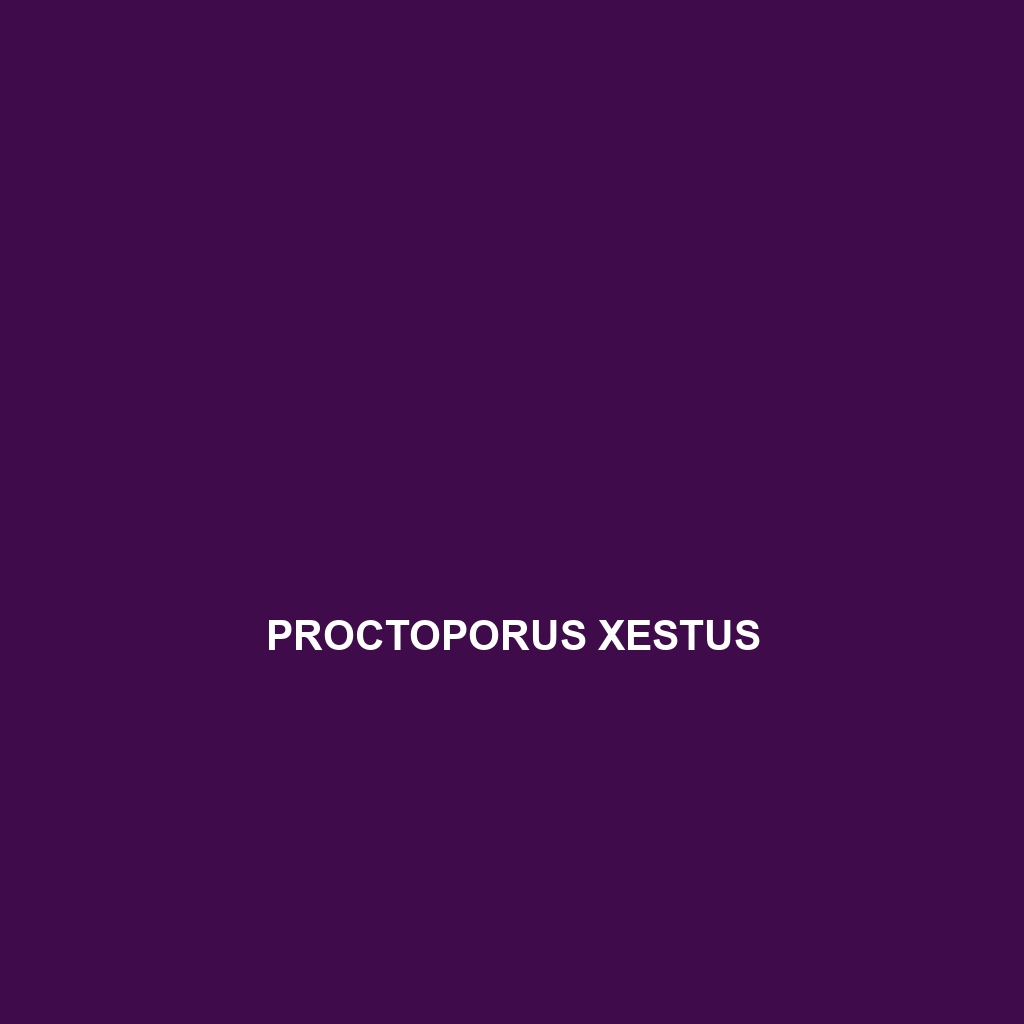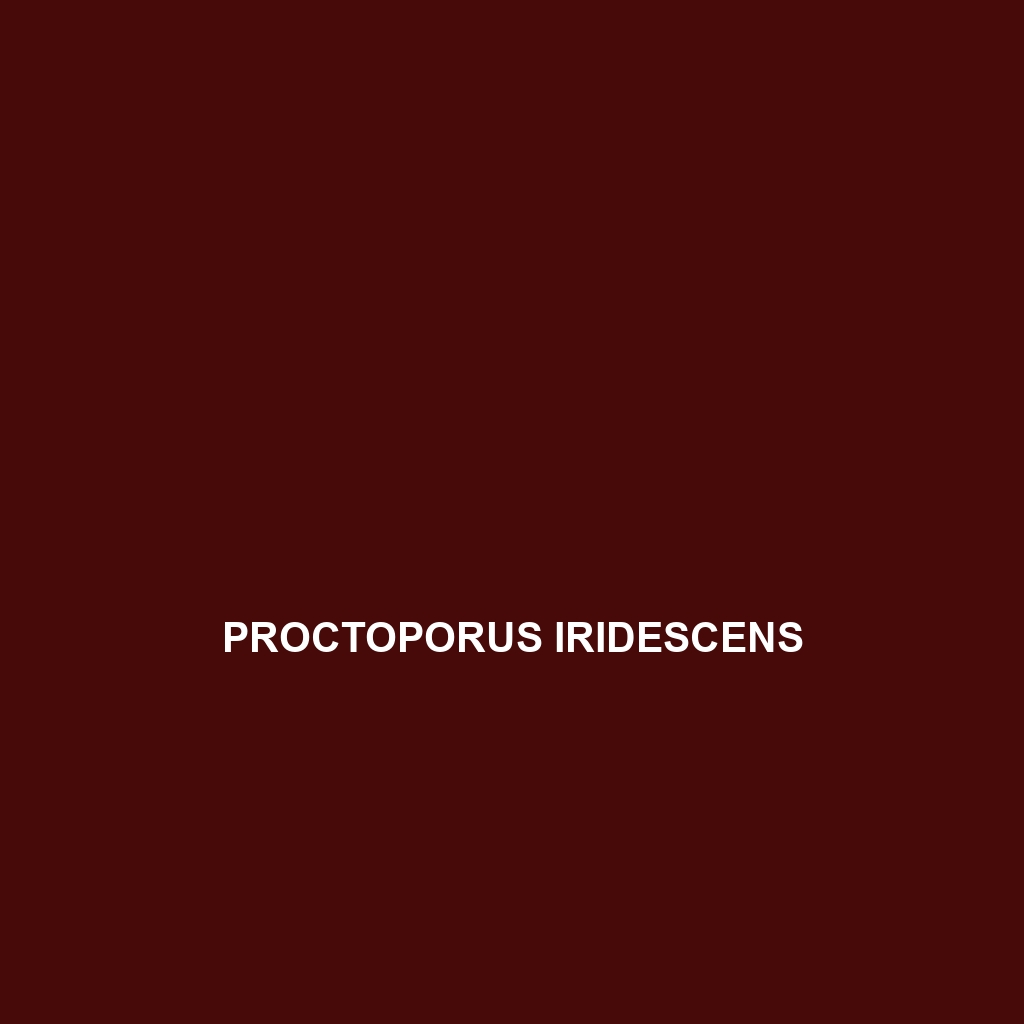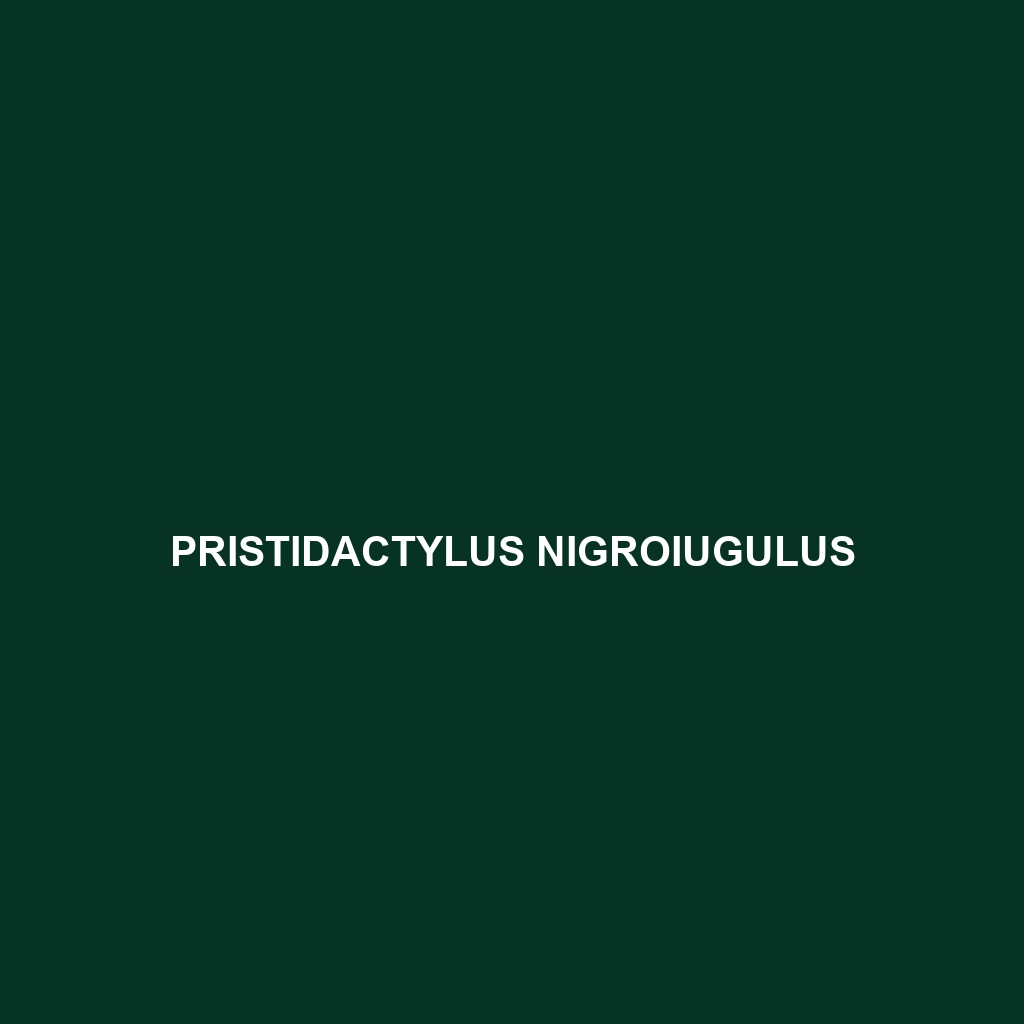Discover the Proctoporus xestus, the Andean lizard, native to high-altitude regions of South America, characterized by its slender body, distinctive earth-tone coloration, and remarkable climbing abilities. Primarily insectivorous and exhibiting diurnal behaviors, this resilient species plays a crucial role in maintaining ecological balance within its Andean habitat.
Tag: South American lizards
Proctoporus rahmi
<b>Proctoporus rahmi</b> is a small to medium-sized lizard native to the temperate forests of South America, thriving in high humidity and lush vegetation. This insectivorous species features a distinct coloration that aids in camouflage and exhibits fascinating behaviors, including diurnal foraging and unique mating rituals, while playing a vital role in maintaining ecological balance.
Proctoporus iridescens
<p><b>Proctoporus iridescens</b>, known as the iridescent lizard, showcases a stunning iridescent coloration and a slender build, typically measuring 15 to 20 centimeters in length. Found in the rainforests of South America, this insectivorous reptile plays a crucial role in maintaining ecological balance by regulating insect populations and serving as prey for larger animals.</p>
Pristidactylus nigroiugulus
<b>Pristidactylus nigroiugulus</b>, also known as the black-banded tree lizard, is a medium-sized, insectivorous lizard native to the temperate forests and savannas of South America, characterized by its green-brown coloration with distinct black bands. This adaptable species plays a vital role in its ecosystem by controlling insect populations and acting as both predator and prey within its habitat.
Pristidactylus fasciatus
The <b>Pristidactylus fasciatus</b>, or striped pristicadactyl, is a slender lizard known for its distinctive dark brown and yellow bands, inhabiting temperate forests and savannas in Argentina and Chile. This adaptable omnivore plays a critical role in its ecosystem by controlling insect populations and serving as prey for larger animals.
Proctoporus xestus
Discover the Proctoporus xestus, the Andean lizard, native to high-altitude regions of South America, characterized by its slender body, distinctive earth-tone coloration, and remarkable climbing abilities. Primarily insectivorous and exhibiting diurnal behaviors, this resilient species plays a crucial role in maintaining ecological balance within its Andean habitat.
Proctoporus rahmi
<b>Proctoporus rahmi</b> is a small to medium-sized lizard native to the temperate forests of South America, thriving in high humidity and lush vegetation. This insectivorous species features a distinct coloration that aids in camouflage and exhibits fascinating behaviors, including diurnal foraging and unique mating rituals, while playing a vital role in maintaining ecological balance.
Proctoporus iridescens
<p><b>Proctoporus iridescens</b>, known as the iridescent lizard, showcases a stunning iridescent coloration and a slender build, typically measuring 15 to 20 centimeters in length. Found in the rainforests of South America, this insectivorous reptile plays a crucial role in maintaining ecological balance by regulating insect populations and serving as prey for larger animals.</p>
Pristidactylus nigroiugulus
<b>Pristidactylus nigroiugulus</b>, also known as the black-banded tree lizard, is a medium-sized, insectivorous lizard native to the temperate forests and savannas of South America, characterized by its green-brown coloration with distinct black bands. This adaptable species plays a vital role in its ecosystem by controlling insect populations and acting as both predator and prey within its habitat.
Pristidactylus fasciatus
The <b>Pristidactylus fasciatus</b>, or striped pristicadactyl, is a slender lizard known for its distinctive dark brown and yellow bands, inhabiting temperate forests and savannas in Argentina and Chile. This adaptable omnivore plays a critical role in its ecosystem by controlling insect populations and serving as prey for larger animals.









